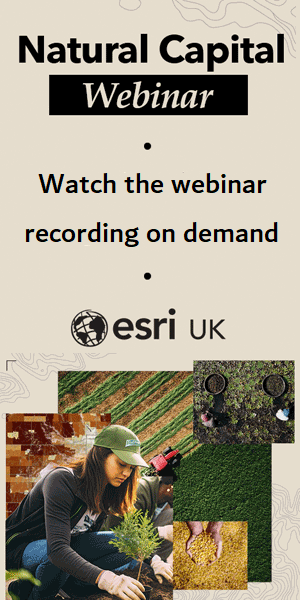National Institute for Health and Clinical Excellence (NICE)
|
|
No evidence to support the price variation in heart valves used by the NHS
Savings made by using the most appropriate cost-effective valve could be used by the NHS to fund more procedures and therefore cut the waiting lists.

Over time the price of the valves has increased as companies have developed new versions, however there is not enough evidence to determine whether differences between the available valves justify the price variations between them which can be thousands of pounds.
More than £100m is spent each year in England on heart valves for transcatheter aortic valve implantation (TAVI) in people with aortic stenosis. Savings made by using the most appropriate cost-effective valve could be used by the NHS to fund more procedures and therefore cut the waiting lists.
These artificial valves are used to replace the native heart valve that becomes stiffened and narrowed over time. The replacement valve is passed into position along a blood vessel and improves normal blood flow out of the heart. Most TAVI procedures are carried out in day surgery by interventional cardiologists and the average age of patients is 82 years, according to the National Institute for Cardiovascular Outcomes Research registry.
There were 7,669 TAVI procedures performed in 32 NHS centres in England, Wales and Northern Ireland in the latest year for which data was published (2022/23). This figure was a 13% increase compared with 2021/22. NICE and NHS England are aware that cardiac surgery, for which TAVI is an alternative, is one of the areas where waiting times are longer than local targets.
NICE's medical technologies advisory committee heard from professionals that many people are suitable for any one of the valves currently available.
The independent committee noted that using cost-effective valves could allow the NHS to treat more patients using the money saved but emphasised that hospitals should have a range of valves, so the most clinically appropriate device is always available to meet an individual patient’s requirements.
The committee reviewed the price paid by the NHS in England for the 11 different valves available, but the individual prices cannot be reported as they are commercial in confidence. The difference between the cheapest and most expensive valve paid for by the NHS was several thousand pounds.
This is the first technology evaluated by NICE in its late-stage assessment (LSA) programme. The process was developed to consider technologies already in widespread use in the NHS to determine if price variation is justified based on innovations and improvements, and thus inform future procurement decisions.
The Department of Health and Social Care has asked NICE to carry out eight LSAs on a wide range of products and innovations in a way that examines clinical effectiveness and value for money. The chosen topics cover categories where there is price variation across a range of similar devices. NICE committees will look for evidence that innovation and incremental improvements in the products available are providing value to the taxpayer.
Professor Jonathan Benger, chief medical officer and deputy chief executive at NICE yesterday said:
“Thousands of people each year require TAVI procedures. These are highly effective but cost millions of pounds from the finite NHS budget.
“We have looked for evidence to determine whether differences in innovation and performance between these valves can justify their range in price, but the information we have seen does not support the current variation in cost.
“We hope this evidence-based guidance will provide commissioners with the confidence to agree a cost-effective price and allow the NHS to reinvest the money saved to treat more patients as a result.”
Our guideline committee on the investigation and management of heart valve disease presenting in adults considered the price of valves (PDF) November 2021.
It found that TAVI is not cost effective for people in a high-risk population when the price is above £18,000. The cost of open-heart surgery is highest in this population, so the benefit of a much less invasive TAVI procedure is maximised. For people at lower surgical risk, the potential benefit is lower, so the price that is required to be cost-effective is also less. For the lowest-risk group, a price of £14,800 or less per TAVI valve was found to be cost effective. The price the NHS pays per valve does not change depending on which risk category the patient falls into. For the TAVI procedure to be cost-effective for everyone, the price would need to meet the lowest threshold of £14,800.
Our guideline committee noted that NHS Supply Chain reported the average cost of a TAVI device was £17,500 in November 2021.
The alternative to TAVI is to use more invasive surgery where the chest is opened. Comparison between the two procedures (TAVI and open surgery) was beyond the scope of this committee who were tasked with assessing the incremental clinical, economic and non-clinical benefits of transcatheter aortic valve implantation devices for people with severe aortic stenosis to consider whether price variation is warranted and inform future procurement decisions.
A consultation on our committee’s recommendations has now begun and closes on Monday 2 September 2024.
Associated guidance and resources
Heart valve disease presenting in adults: investigation and management
Original article link: https://www.nice.org.uk/news/articles/no-evidence-to-support-price-variation-in-heart-valves-used-by-the-nhs
.gif)

